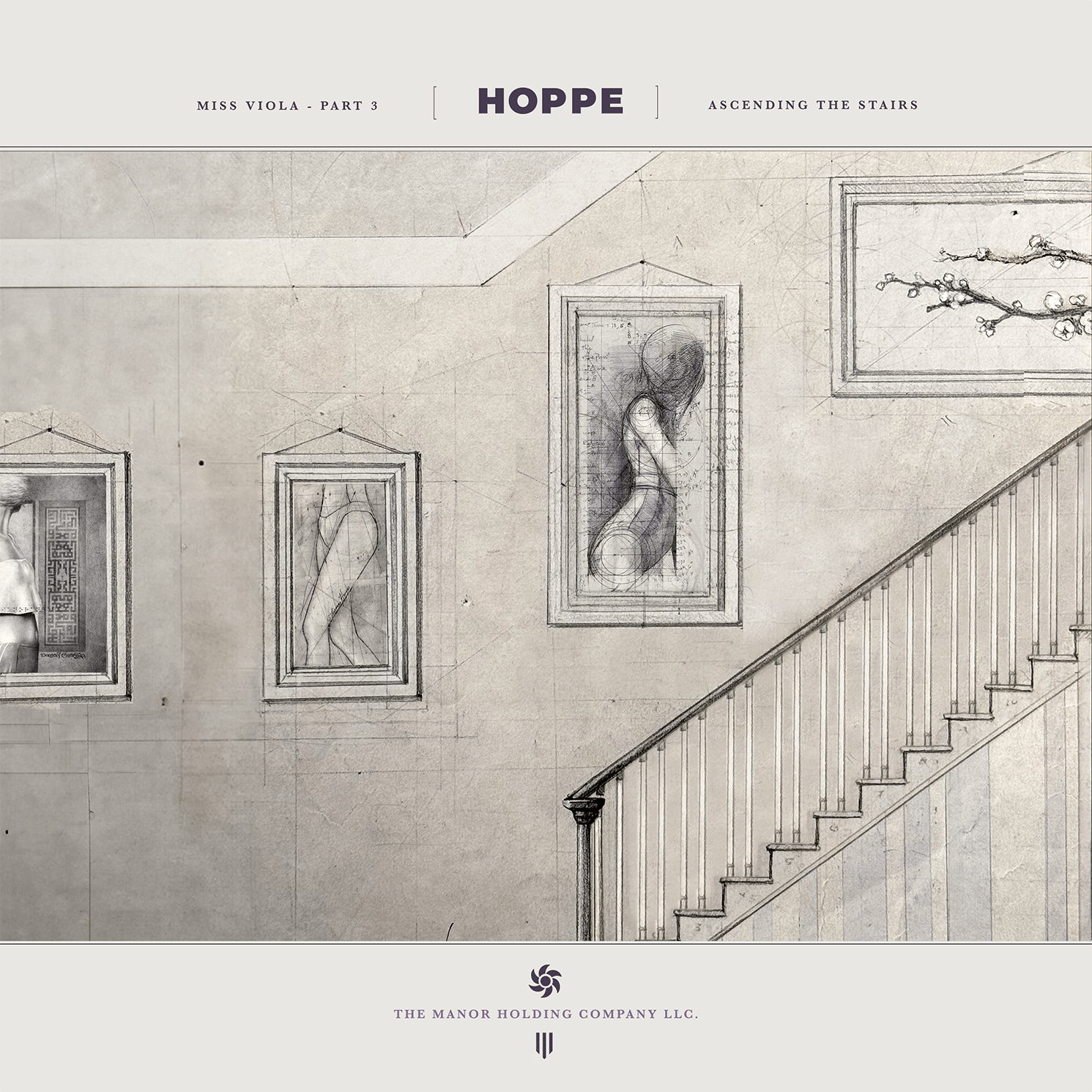Miss Viola’s Room![]()

Miss Viola is one of the seven Oracles in my work. I began shaping her during my Barn years (1996–2001), when I was living in near isolation and working through hundreds of theory books. She emerged through a fusion of music, geometry, and astronomy: one day I traced the acoustic curve of a Guarneri viola, and that night I mapped the stars of Ursa Minor. The impressions overlapped, and from those points, her figure took form—part instrument, part constellation, part human presence.

Her “room” grew from the same process. At first I tried to force her into structure, aligning arcs and symmetries, searching for perfect geometry. But Miss Viola resisted. The more I imposed order, the more she receded. What finally brought her forward was abandoning strict calculation and trusting the eye, the hand, and the feeling of beauty itself.
Beneath the surface of the painting Miss Viola’s Room lies a complex structure radiating outward from her head, built from star pentagrams. X-ray overlays reveal this geometry, though the visible layers of paint simplify it into a solvable puzzle. The surface conceals, but does not erase, the underlying order.

This struggle crystallized a principle that continues to guide my practice:
If beauty is the result of exceptional geometry, then the opposite must also be true. If we create something extraordinarily beautiful, geometry will occur naturally.
The realization is that structure is not the starting point—it is the residue of beauty pursued with clarity. The takeaway is equally simple:
The most direct way to make something beautiful, is just to make it beautiful.
Miss Viola’s Room is both painting and proof: an experiment in the reciprocity of beauty and geometry, and a reminder that the most enduring structures arise when art is created with freedom and faith.

